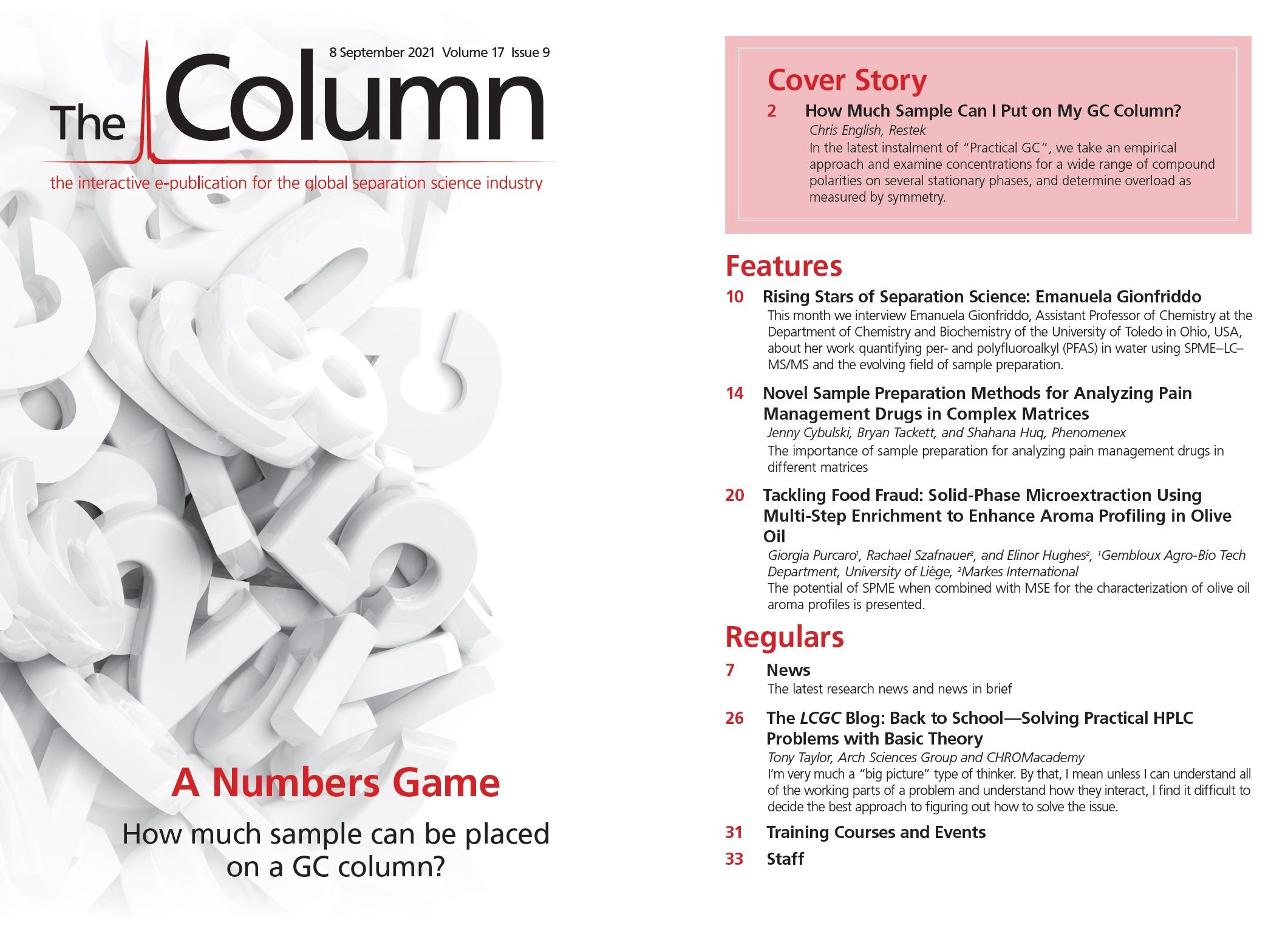Trouble Brewing: Categorizing Beers Using LC–QTOF-MS
Beer, beloved by ancient civilizations and modern humans alike for its refreshing and crisp taste, or bitter hoppy taste, or dark oat‑laden taste, or light golden taste, and therein lies the problem. The diversity of beers outside of the standardized and large-scale breweries has exploded, with the craft beer industry experimenting and releasing thousands of experimental, unique, and flavourful beers every year. From stouts to pale ales, over 75 beer styles exist and identifying and classifying these alcoholic ambrosias represents a significant challenge to analytical scientists. While some beers can be easily distinguished through physical observations, brewers have started to add new and unique ingredients as well as develop new brewing techniques that blur the lines between beer styles. Examples of this are American IPAs and American pale ales, stouts and porters, German pilsner and Munich helles, which all have very similar appearances and may be difficult to distinguish for all but a seasoned drinker.
Despite the wide variations between styles, all beers are brewed with malted grains, hops, water, and yeast, using the same general procedures and classes of ingredients. The chemical differences come in the specific selection of these ingredients, the addition of any extra ingredients such as fruit, and the exact brewing process used. Because of this there are potentially hundreds of compounds contained in beer that cause differences in styles. These differences and commonalities could be used to categorize beers correctly and consistently. Researchers used an untargeted liquid chromatography quadrupole time-of-flight mass spectrometry (LC–QTOF-MS) method to analyze 32 beers across five different styles. Further analysis included principal component analysis (PCA), which was used as a visualization tool to discriminate between beer styles, followed by the application of partial least squares‑discriminant analysis (PLS-DA), ANOVA, and various machine learning methods to identify key features and components and allow beer styles to be precisely distinguished from one another (1).
The separation and detection methods were tuned towards compounds from important beer elements, with iso-α-acids and phenolic compounds being particularly important. However, the machine learning and statistical analysis techniques determined that these compounds were not those most responsible for the variations between beer styles. Instead, a combination of statistical tools used to predict formulas for some of the most influential metabolites from each style and machine learning models accurately classified patterns in the beer styles, indicating that they can be precisely distinguished by their nonvolatile chemical profile, successfully separating out the five beer styles and providing proof-of-concept for the use of untargeted analysis and statistical methods as a beer-style quality assurance tool.
Researchers highlighted that an investigation of an expanded beer collection would be valuable to further develop quality assurance of beer style. They also noted that an evaluation of a multifaceted data set using collected results from the analysis of volatiles and nonvolatiles and further evaluation of the ability to distinguish beer styles using advanced data science techniques is being pursued.
Reference
- H.E. Anderson, T. Liden, B.K. Berger, et al. Anal. Chim. Acta 1172, 338668 (2021).

Accelerating Monoclonal Antibody Quality Control: The Role of LC–MS in Upstream Bioprocessing
This study highlights the promising potential of LC–MS as a powerful tool for mAb quality control within the context of upstream processing.
Using GC-MS to Measure Improvement Efforts to TNT-Contaminated Soil
April 29th 2025Researchers developing a plant microbial consortium that can repair in-situ high concentration TNT (1434 mg/kg) contaminated soil, as well as overcome the limitations of previous studies that only focused on simulated pollution, used untargeted metabolone gas chromatography-mass spectrometry (GC-MS) to measure their success.

.png&w=3840&q=75)

.png&w=3840&q=75)



.png&w=3840&q=75)



.png&w=3840&q=75)

















